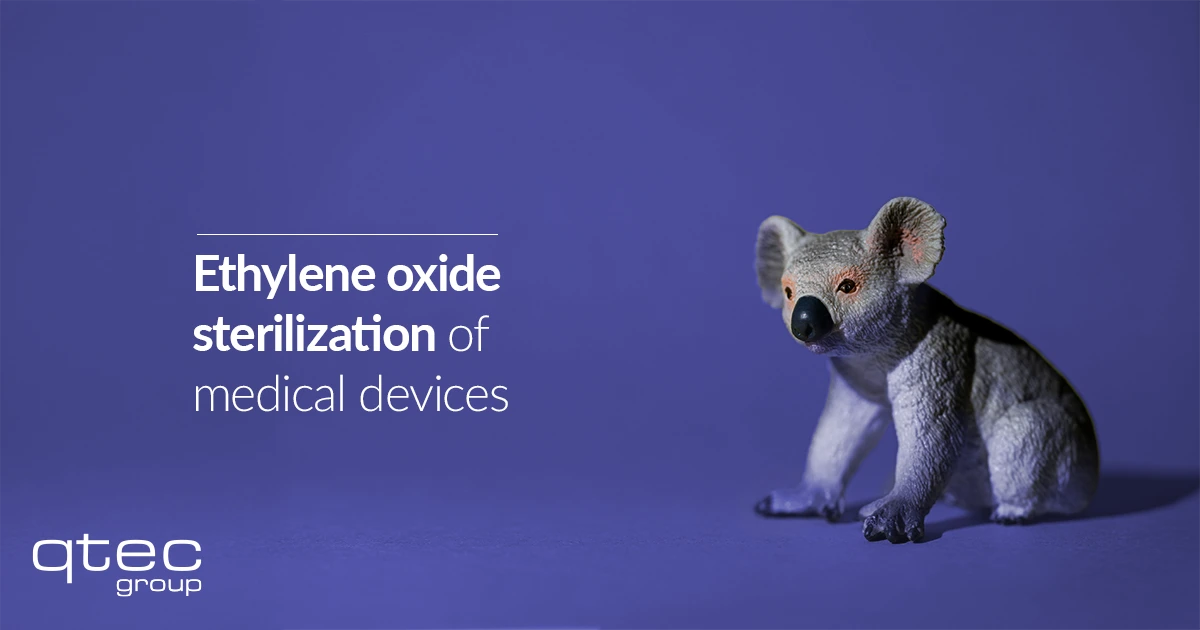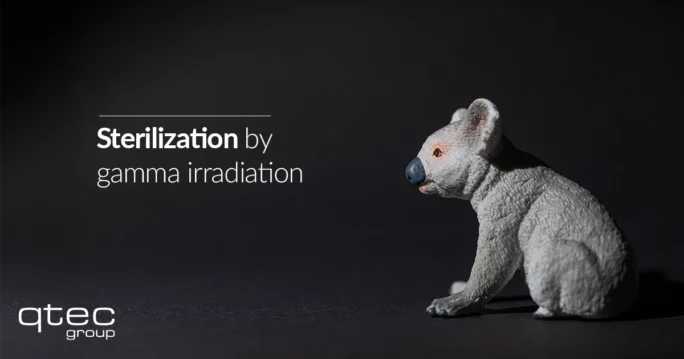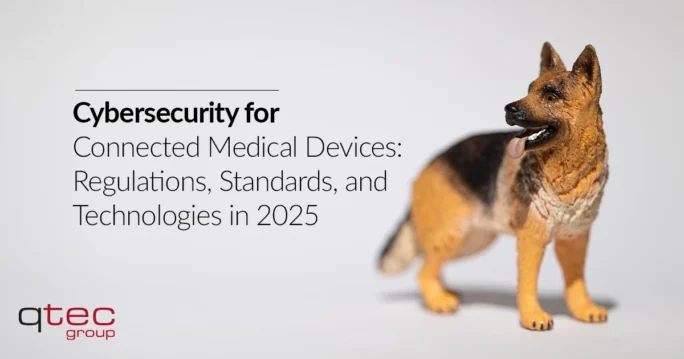
Ethylene oxide sterilization of medical devices
Basics, procedure, and significance in medical technology
The sterilization of medical devices is a key component in modern medical technology. Among the various methods used to ensure sterility, EO sterilization (ethylene oxide sterilization, also known as EtO or ETO) has proven to be indispensable, especially for temperature-sensitive and complex products.
How does EO sterilization work?
EO sterilization is a chemical process that uses ethylene oxide gas to inactivate or effectively kill microorganisms such as bacteria, viruses and fungi, including spores and pathogenic organic compounds.
Which products are sterilized with ethylene oxide?
EO sterilization is particularly suitable for products that are sensitive to heat or moisture and therefore cannot be sterilized by steam or radiation.
Examples are:
- Complex and pre-assembled medical instruments
- Catheters and multilumen tubes
- Devices with electronics
- Stents and wound dressings
- Individual and surgical instrument sets
- Products made of polymer resins and plastics
Precisely due to its good penetration capacity, the gas easily passes through several layers of permeable packaging and sterilizes all accessible surfaces.
EO sterilization process
The EO sterilization process typically proceeds in three phases:
- Pretreatment: The products are conditioned (defined humidity and temperature). Targeted conditioning is important for a reproducible process and optimal effectiveness.
- Sterilization: In a sealed vacuum chamber, the products are exposed to the ethylene oxide gas for a fixed period of time. Four parameters are decisive for success: gas concentration, temperature, humidity and exposure duration.
- Post-conditioning (ventilation): After gas exposure, the products are stored under ventilation to reduce the residues of the fumigation to below the prescribed limits (e.g., according to ISO 10993-7).
Advantages of EO sterilization
- Gentle on materials: The low temperatures (typically 30–60°C) protect temperature-sensitive materials.
- High penetration: Even multi-layered, complexly shaped or packaged products can be sterilized safely.
- Wide range of applications: Suitable for many materials, e.g. plastics, coated products, devices with electronics and sensors.
Challenges and limitations
Despite its advantages, EO sterilization is not without its challenges:
- Residues: The sterilization residues (especially EO, ECH) are volatile but can cause toxicologically questionable amounts. Their desorption takes time, which extends the process time.
- Long processing times: Post-conditioning to remove sterilization residues can sometimes take several days.
- Regulatory requirements: Safe compliance with residue values according to standards such as ISO 10993-7 is mandatory. The procedure must be validated.
Validation process
The PQ phase of validation according to ISO 11135 is divided into microbial performance qualification (MPQ) and physical performance qualification (PPQ). The MPQ proves that the sterilization process achieves sufficient germ reduction, i.e., that the sterility assurance level (SAL) of 10⁻⁶ is reliably achieved.
The most common validation method (overkill) according to Annex B of the standard uses bioindicators (BI) and performs both half cycles (half EO exposure time) and full cycles. By demonstrating that the BIs are inactivated in the half cycle, it is shown that the required SAL is achieved. The PPQ checks whether all physical process parameters (e.g., EO concentration, temperature, pressure, humidity) are within the specified tolerances.
In addition to the overkill method, the standard describes other validation methods (Annex A).
Standard update (ISO 10993-7)
With regard to EO sterilization, there is a particularly relevant update to ISO 10993-7 from a standardization perspective, which regulates the limit values for ethylene oxide residues in medical devices. An updated draft was published in 2024; the final version of this amendment is expected in 2025.
Significant change planned:
- In the revised version of ISO 10993-7, a standard reference weight of 70 kg is now introduced, which serves as the basis for the limit value calculation. This allows the permissible residual contents of ethylene oxide and ethylene chlorohydrin to be better related to different patient groups (e.g. children, adults). This increases transparency and enables a more individual risk assessment.
- However, the actual limit values per exposure category (e.g. short-term, long-term use) remain unchanged. There is now a multiplier so that the values can be adjusted according to the patient's body weight.
Further remarks:
- ISO 10993-7 also contains specific requirements on how to measure EO and ethylene chlorohydrin residues and how to demonstrate the conformity of the products.
- The biocompatibility-relevant ISO 10993 series of standards is continuously updated and is becoming even more important due to the Medical Device Regulation (MDR).
For manufacturers and operators of EO sterilization systems, it is recommended to closely follow the latest drafts and publications – particularly those relating to the new ISO 10993-7 standard – and to adapt process validation and risk assessment accordingly.
Conclusion:
EO sterilization is a highly effective and established method for sterilizing medical devices, which is indispensable especially for demanding, sensitive products. At the same time, the risks and regulations require extensive know-how and technical expertise.
Find out more about our services here.





